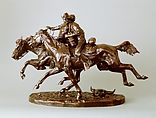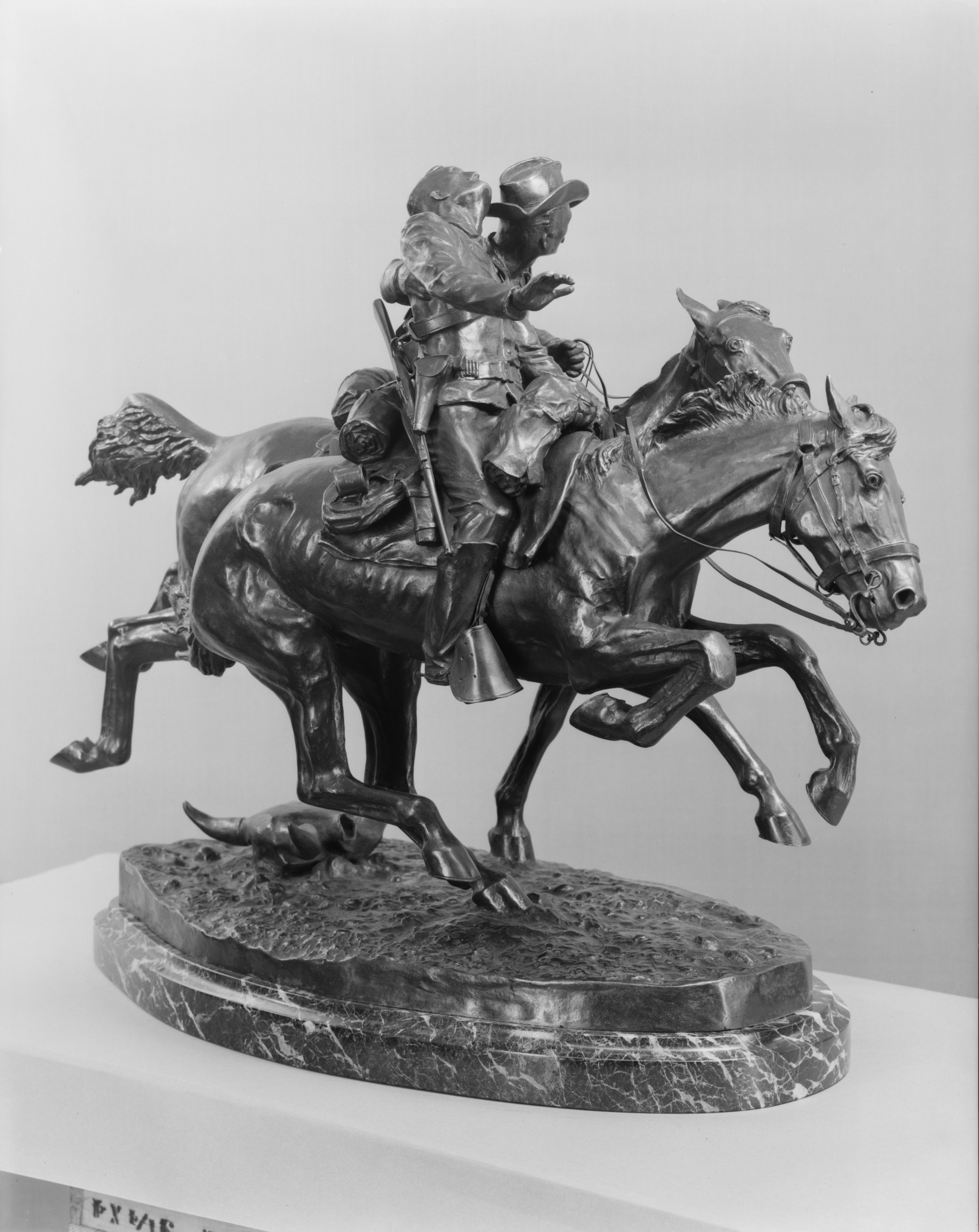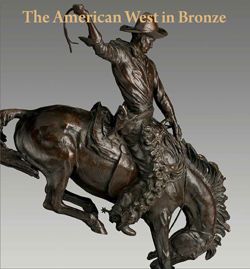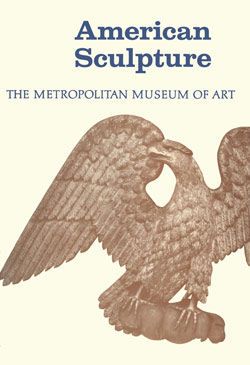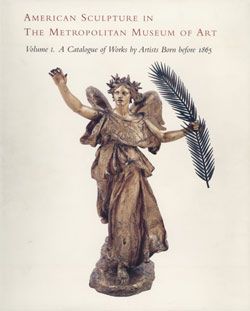The Wounded Bunkie
Frederic Remington American
Not on view
The soldiers who patrolled the frontier during the Indian Wars became familiar heroes in art and literature about 1900. "The Wounded Bunkie" depicts two troopers retreating from an unseen combatant. An enemy bullet has pierced the torso of one; only the outstretched arm of his bunkmate, or "bunkie," keeps him upright. Remington makes a poignant statement about unflinching valor and brotherly bonds while invigorating the life-and-death narrative with complex arrested motion in which only two of the horses’ eight hooves meet the base. Lifetime casts were produced by the Henry-Bonnard Bronze Company, which used the sand-cast method. This example, which x-radiography confirms is a lost-wax cast, is a posthumous cast, presumably done by Roman Bronze Works after 1921, when Remington’s original models were destroyed.
This image cannot be enlarged, viewed at full screen, or downloaded.
This artwork is meant to be viewed from right to left. Scroll left to view more.
